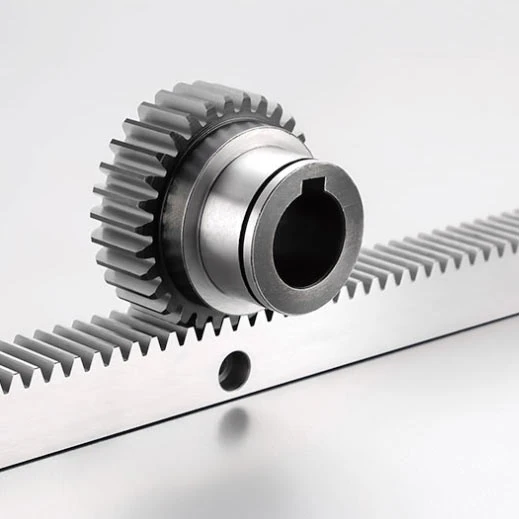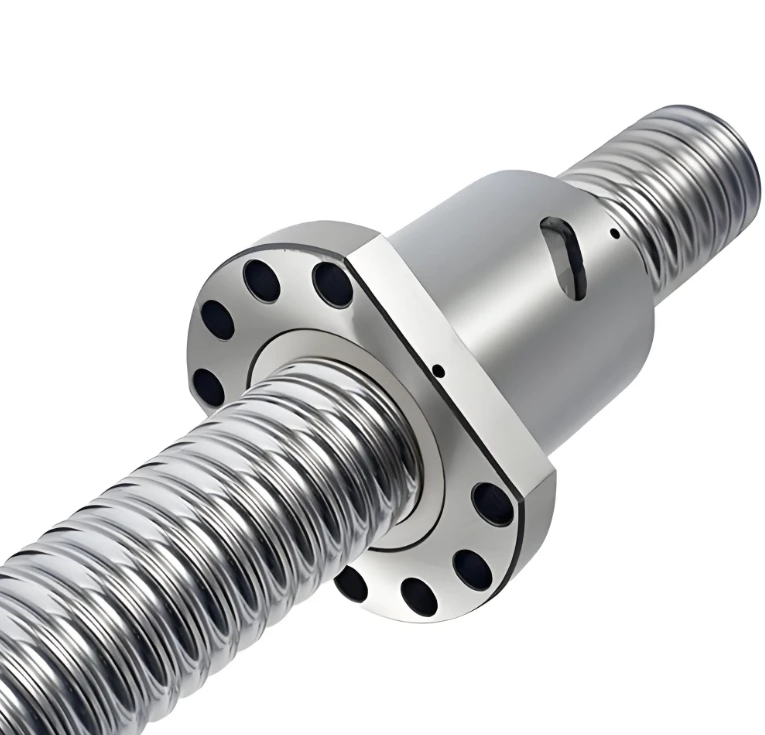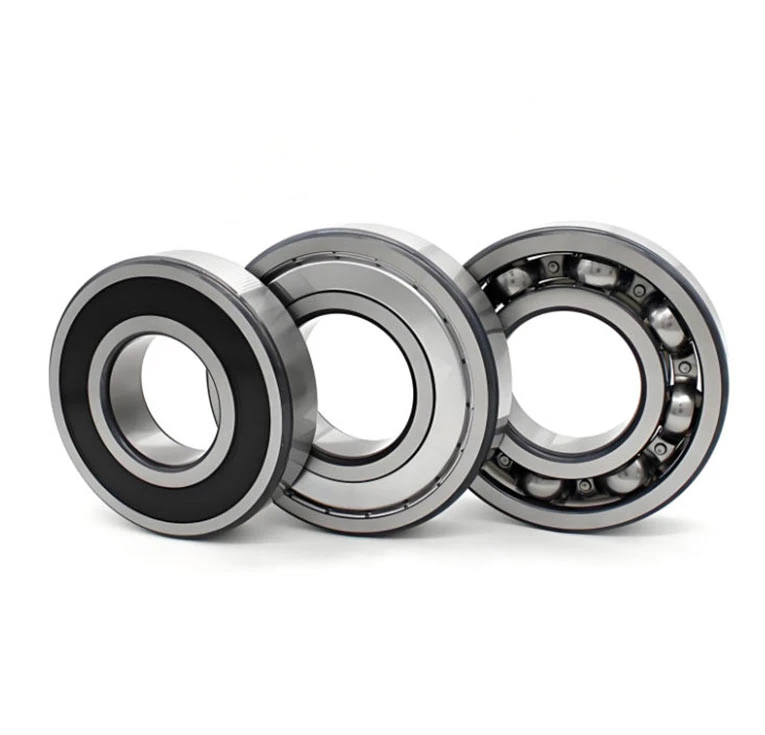9Cr18 Stainless Steel: Overview and Characteristics
1. Composition:
Carbon (C): ~0.90–1.00%
High carbon content enhances hardness and edge retention.
Chromium (Cr): ~17–19%
Provides corrosion resistance and contributes to hardness.
Other elements may include small amounts of manganese (Mn), silicon (Si), and molybdenum (Mo) for stability and processing.
2. Properties:
Hardness: Achieves HRC 56-59 after heat treatment, suitable for cutting tools.
Corrosion Resistance: Moderate, typical of high-carbon stainless steels (less than lower-carbon grades like 304 but better than tool steels like D2).
Edge Retention: Excellent due to high carbon and proper heat treatment.
Toughness: Lower than steels with lower carbon (e.g., 8Cr13MoV), making it more brittle.
3. Applications:
Knives: Kitchen knives, pocket knives, and outdoor tools (similar to 440C).
Industrial Blades: Used in cutting machinery where wear resistance is critical.
Bearings and Valves: Occasionally used in high-wear components.
4. Comparison to Similar Steels:
vs. 440C (US): Nearly identical in composition and performance. 9Cr18 is sometimes considered China's equivalent.
vs. AUS-10 (Japan): Slightly lower corrosion resistance but comparable edge retention.
vs. VG-10: Less expensive but with lower toughness and stain resistance.
5. Heat Treatment:
Requires precise hardening (typically around 1040–1060°C) followed by tempering (150–200°C) to balance hardness and brittleness.
Improper treatment can lead to chipping or reduced durability.
6. Maintenance Tips:
Sharpening: Use diamond or ceramic sharpeners due to high hardness.
Corrosion Care: Dry and oil blades after exposure to moisture to prevent rust.
Avoid Abuse: Prone to chipping if used on hard materials (e.g., prying).
7. Pros and Cons:
Pros: Excellent edge retention, good wear resistance, widely available.
Cons: Less tough than some alternatives, requires maintenance to prevent rust.
Conclusion:
9Cr18 is a cost-effective choice for high-performance blades where edge retention is prioritized over toughness. Proper heat treatment and care are key to maximizing its utility.





